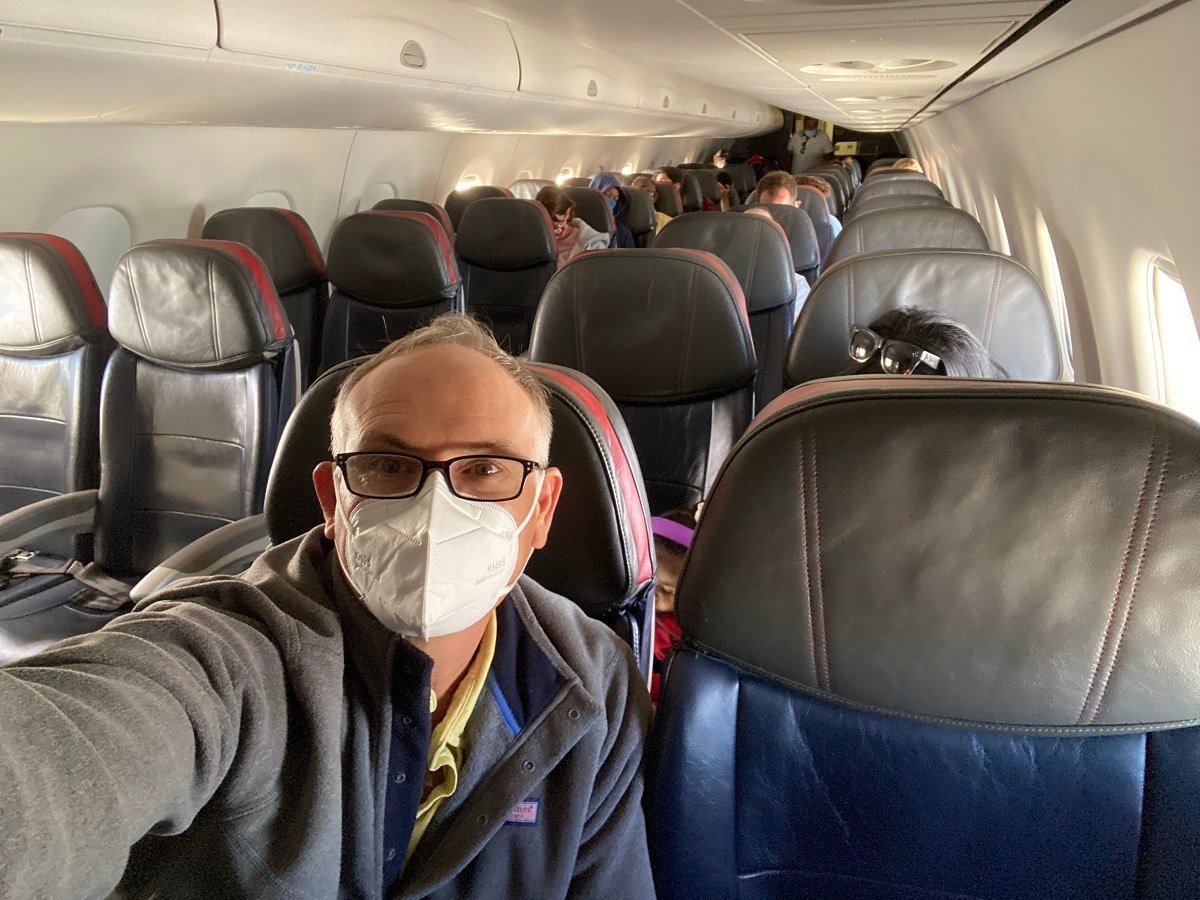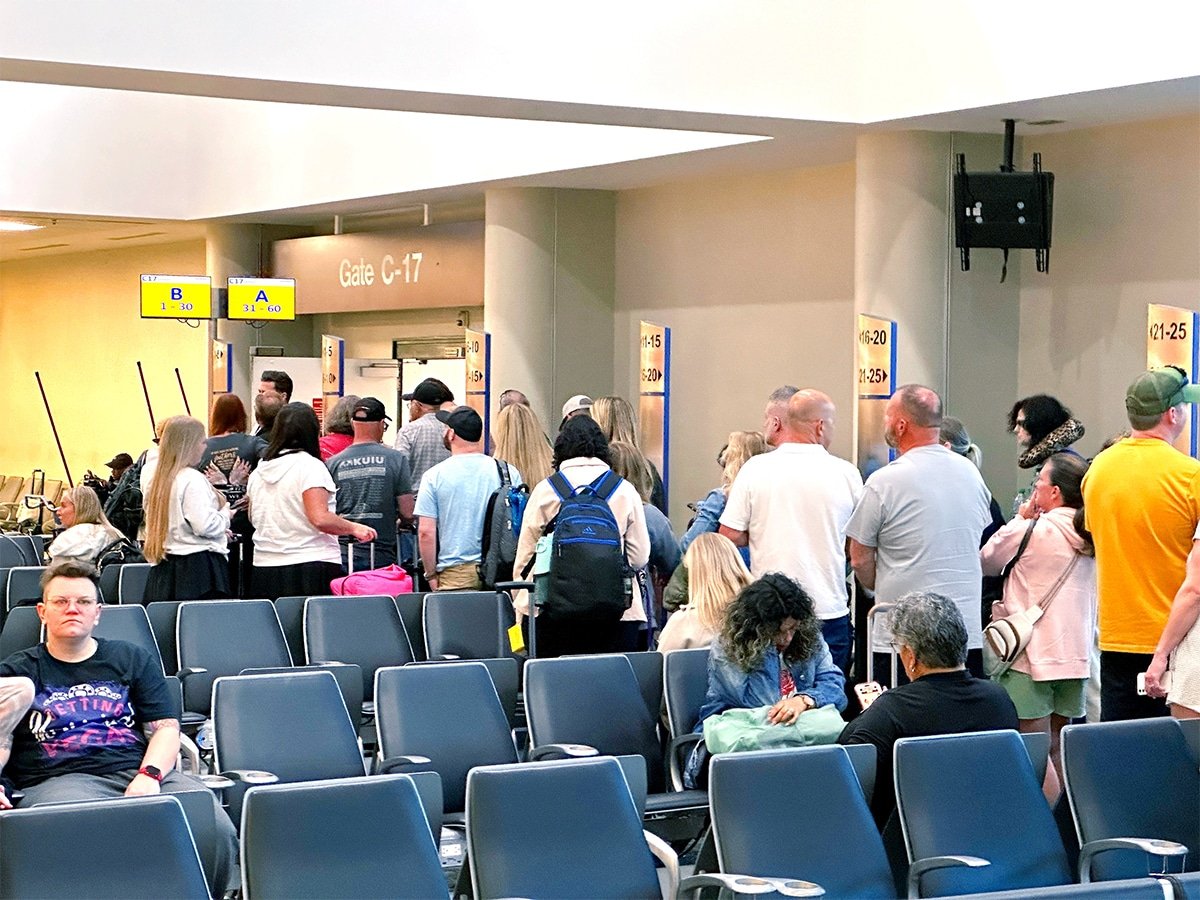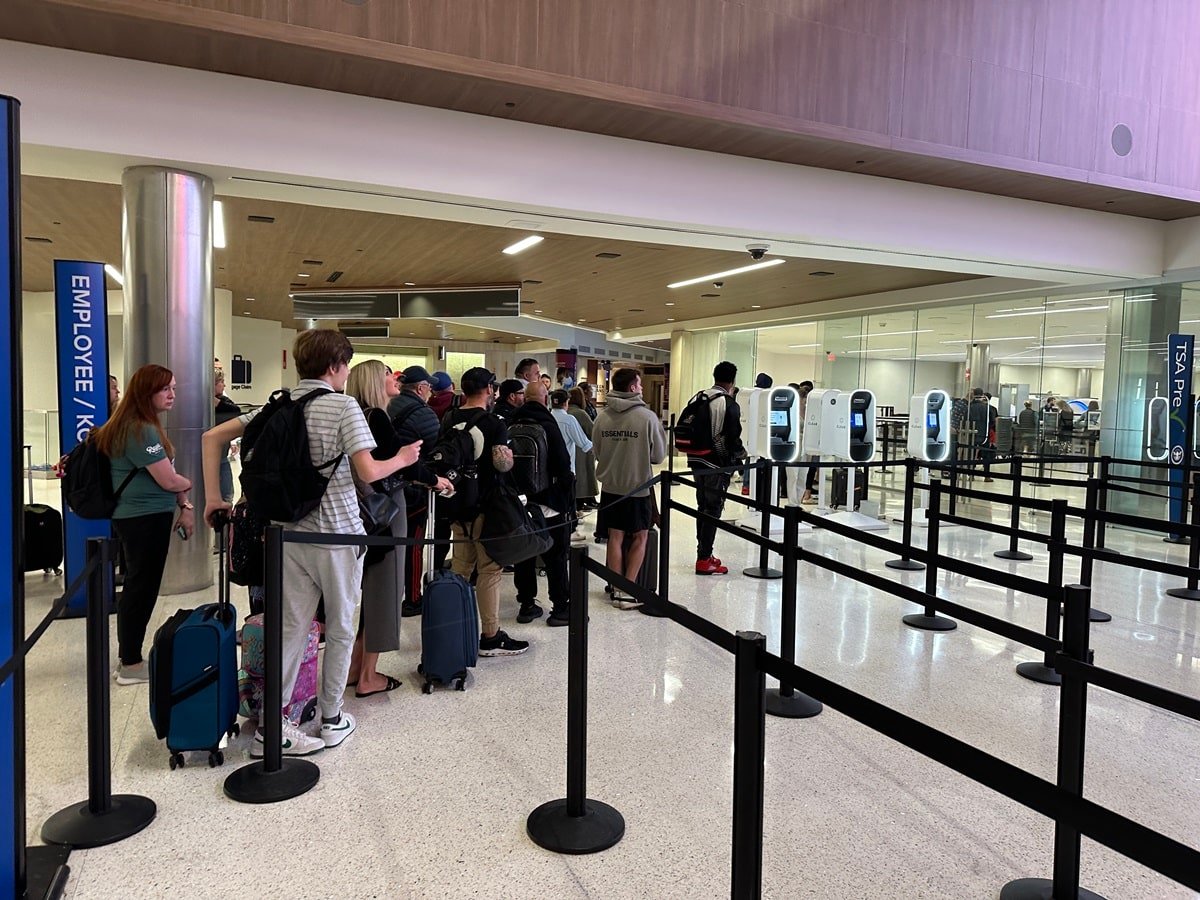It’s hard to believe that it’s been over three years since the start of the pandemic. I remember clearly in early- to mid-January 2020 when I first started reading and learning about Coronavirus. Like most Americans, I wasn’t too worried at first and continued planning a week-long, around-the-world trip with my best friend, which included stops in Toronto, London, Helsinki, Singapore, Bangkok, Hong Kong and back home to L.A. RELATED: 12 Things in Travel You Need to Know Today

But each day, the news seemed to get worse and worse. By the end of January, I wrote a post titled Should I cancel my trip to Asia? The article received over 90 comments and on my personal Facebook page, there were hundreds. The advice was mixed but what really made me cancel my February trip was when an Asian airline executive said, “Don’t go.” I thought, for an airline executive to tell me not to go, it had to be bad.
And of course, it was. A month later, our world was turned upside down. It really hit home on March 11, when the NBA suspended the season. A day later the NHL followed suit and four days later, MLB did the same. It was a surreal time. And then, my uncle was one of the first to catch COVID in a New Jersey senior home, where he died a lonely death.
It was scary. We were first told we were in for a few weeks of quarantine but then friendly neighbors suddenly stopped saying hello, crossing the street when walking towards each other, wearing masks, wiping down packages with disinfectant wipes …
When one of my travel industry friends told me that their bosses were telling them that things wouldn’t get back to normal until 2023-2025, I thought and hoped they were crazy. But sure enough, they were right.
The good news is that this week, the World Health Organization (WHO) ended the global emergency status for COVID-19 and CNN just sent out their last coronavirus newsletter, written by Dr Sanjay Gupta. His parting words were, “Be prudent. Stay at home if you are sick. Talk to your doctor about keeping a course of oral antivirals (like Paxlovid) in your medicine cabinet if you are at higher risk of hospitalization or death. Remember what Dr. Anthony Fauci recently said: “If you are vaccinated and boosted and have available therapy, you are not going to die [of Covid], no matter how old you are.”
He also advised to “please use the formal end of the pandemic as a new beginning for yourself personally. Invest in yourself to get into the best possible health to feel better, happier and stronger now, as well as to weather any medical storm in the future. But most of all, go enjoy all the things that a major emergency or the threat of severe illness wouldn’t let you do.”
I think it’s important to write a post on this because, like it or not, the pandemic has definitely changed the travel industry and in some ways, for the better.
Elimination of change fees
One big positive to come out of the pandemic is that the airlines have eliminated change fees. This has saved me so much money and aggravation because now, if one of my kids or myself gets sick (which seems to be every week), I can change the ticket and not have to worry about paying a $200 change fee on top of the fare difference. I think it’s a win-win because airplanes are still going out full so by cancelling last-minute, the airline can either make more money by selling last-minute tickets or give the seats to standby passengers. And because there are no change fees, consumers can also potentially get a travel credit back if their ticket drops in price. Just set a fare alert to monitor it. Here’s how.
Masks
Years before the pandemic, I always kept a mask in my carry-on bag in case I was sick or my seatmate was. With expensive change fees and the mentality that it was okay to travel sick, it was just the way of life. People used to look at me like I was a freak for wearing one, which is crazy because most of the time, I was trying to protect them from my germs. These days, no one blinks when someone is wearing a mask in an airport or on a plane. In fact, I like it when my seatmate wears one.
Wiping down high-touch points
Before the pandemic, I was already a germaphobe. I used to always wipe down my seat and all the high-touch points of the plane, hotel room and car rental with antibacterial wipes since I was sick and tired of getting sick each time I traveled. Before the pandemic, people used to look at me like I was nuts. Now, I often see my seatmate doing the same thing.
Technology
Without a doubt, companies and people invested in technology to make it possible to interact with the fewest number of people face-to-face. More hotels now let you check-in online, even use your phone as your room key or as the remote on the TV. So many business professionals upgraded their WiFi and cameras so they can now do Zoom meetings instead of traveling halfway around the world or country. FaceTime was a Godsend for families, especially mine since I was able to call my dad multiple times a day while he was quarantined in a Florida senior home. Same goes for my mother-in-law, who was home alone in Toronto. I’m not sure what they and countless others would have done without it.
No more taking travel for granted
I think before the pandemic, many took travel for granted. No one ever thought that the biggest obstacle to traveling to a foreign country would be whether the destination was even open. Everyone thought time and money was what was holding them back. But after countries closed their borders for a year or more, many people realized that maybe they shouldn’t be putting off that dream trip they’ve been thinking about for years. The time is now to get out there and enjoy life, which is why we’re seeing record numbers of people passing through airports.
Take a look at these numbers from the Transportation Security Administration (TSA) for airport checkpoints on May 7: In 2019 (pre-pandemic), 2,419,114 people passed through. In 2020, just 200,815 passed through. In 2021, 1,707,805. In 2022, 2,255,547 and now 2023, that number is 2,583,350.
There’s no doubt that travel is back so now the question is … are you? I’m excited to see the world again and introduce her to my two adorable little kids.
How has the pandemic changed travel for the better? Leave a comment.
KEEP READING
• How to Save Money With a Secret Third Carry-On
• How to Use Your Wireless Headphones to Watch In-Flight Movies
• 10 Airport Security Hacks Every Traveler Should Know
• How to Get the Best Coach Seat on the Plane
• The Sleep Hack Every Traveler Needs to Know
• Never Get Your Valuables Stolen on the Beach
Want more travel news, tips and deals? Sign up to Johnny Jet’s free newsletter and check out these popular posts: The Travel Gadget Flight Attendants Never Leave Home Without and 12 Ways to Save Money on Baggage Fees. Follow Johnny Jet on MSN, Facebook, Instagram, Pinterest, and YouTube for all of my travel posts.







